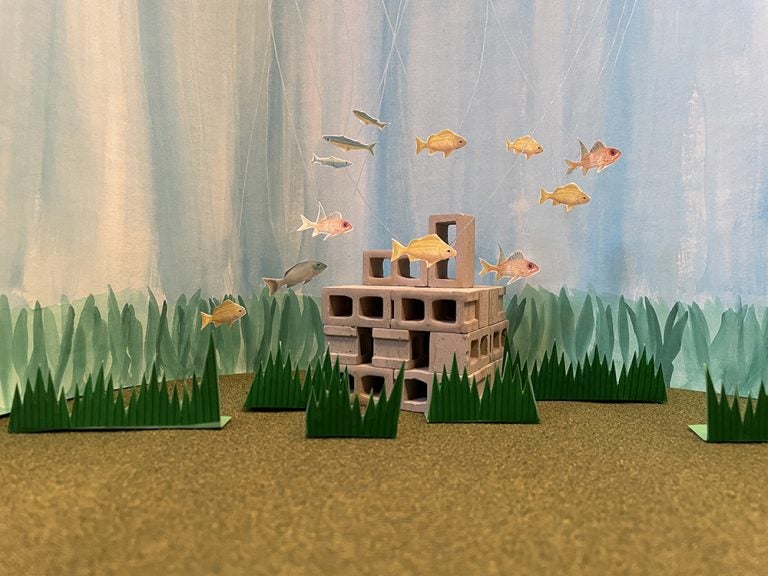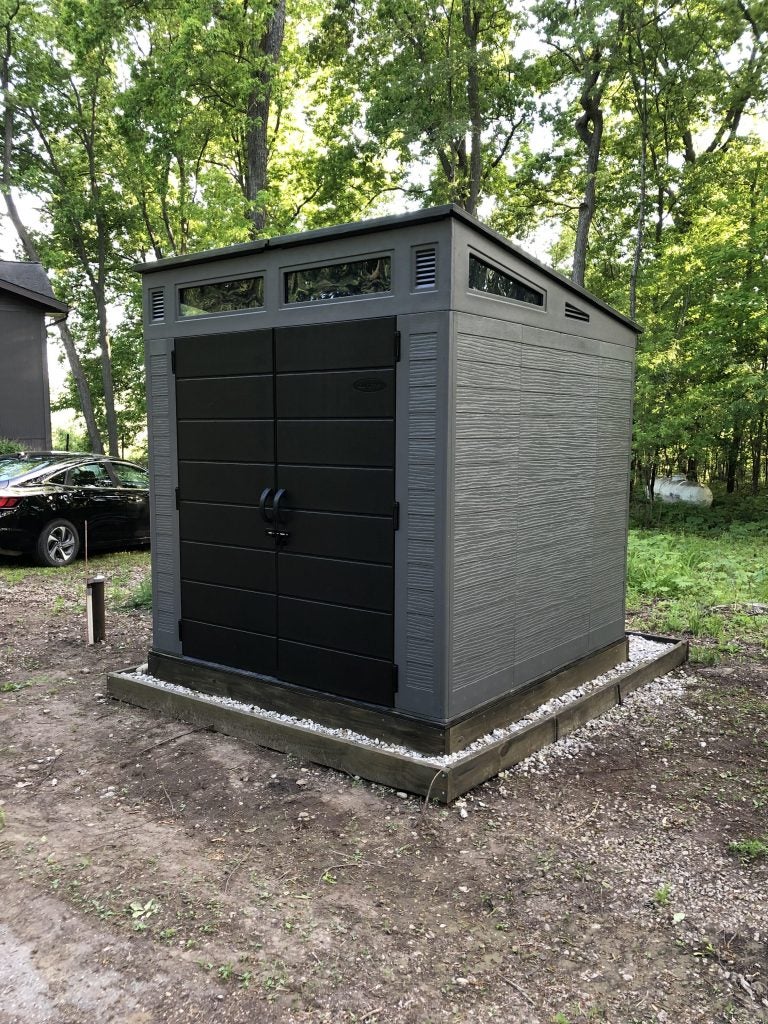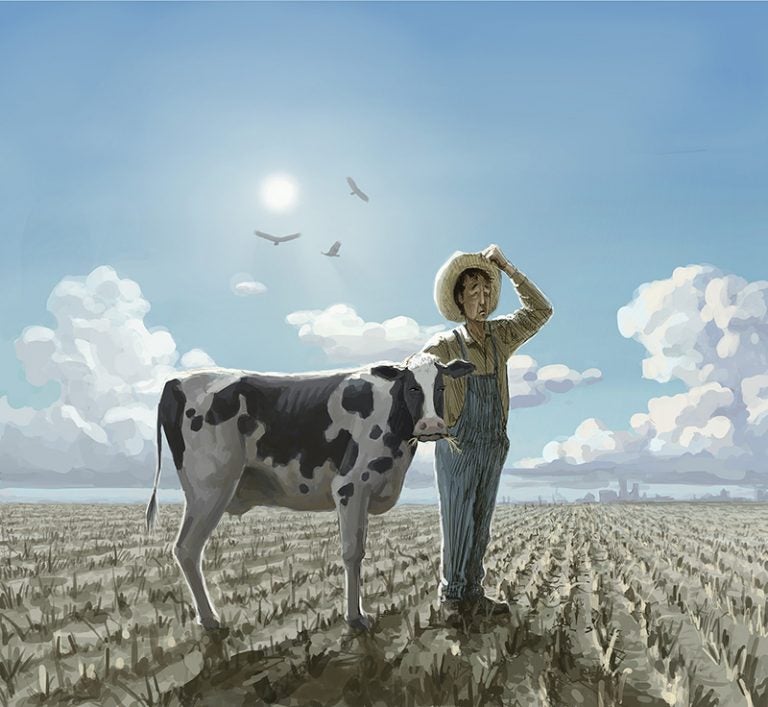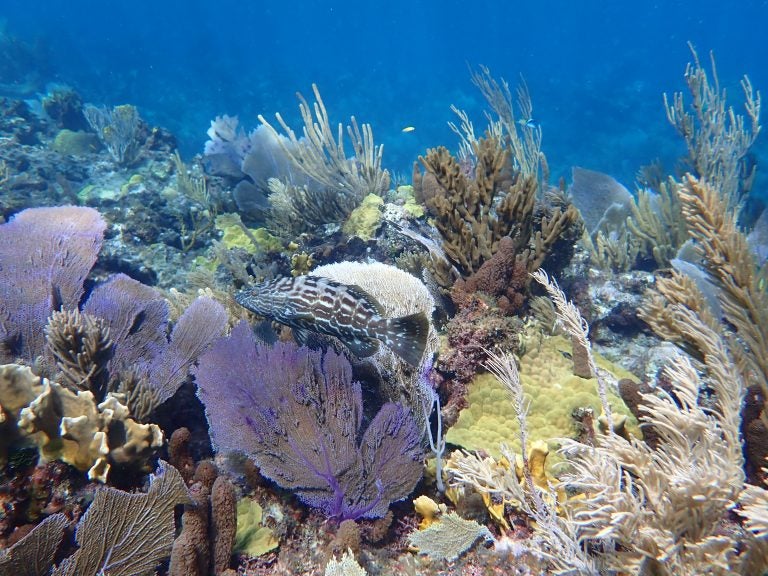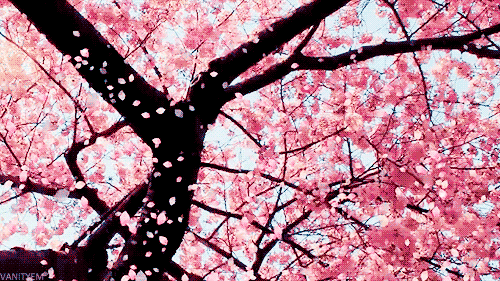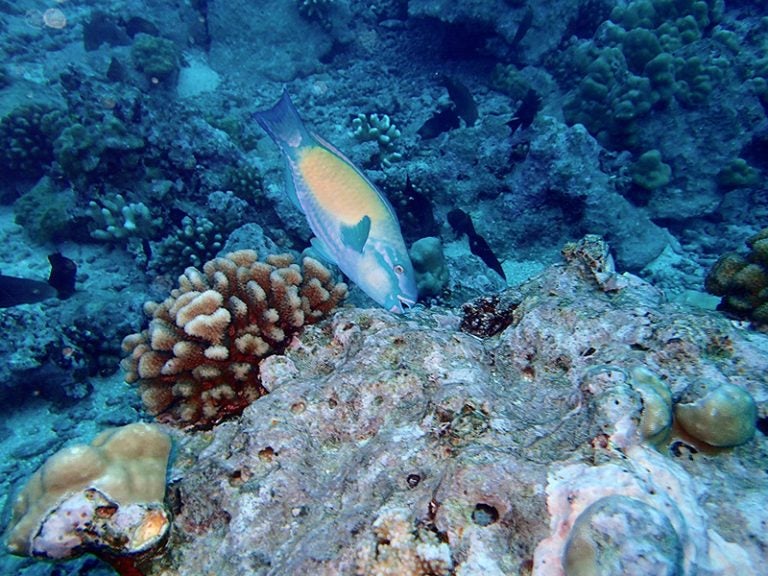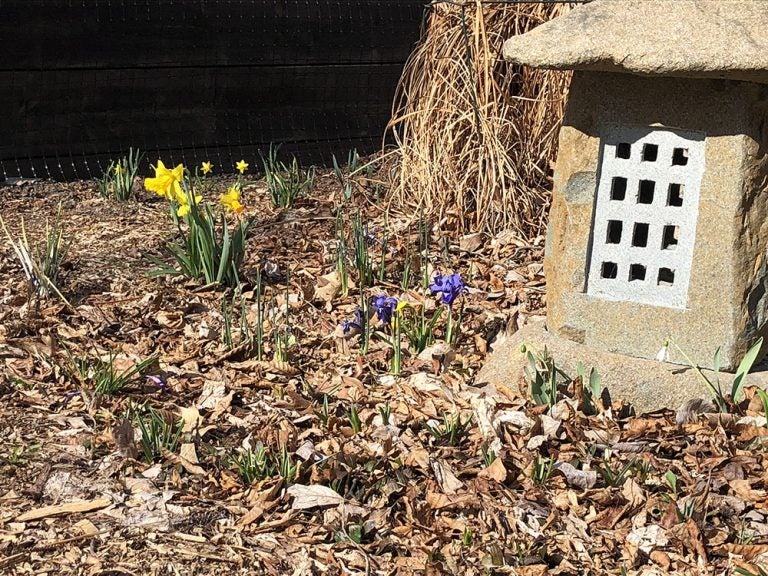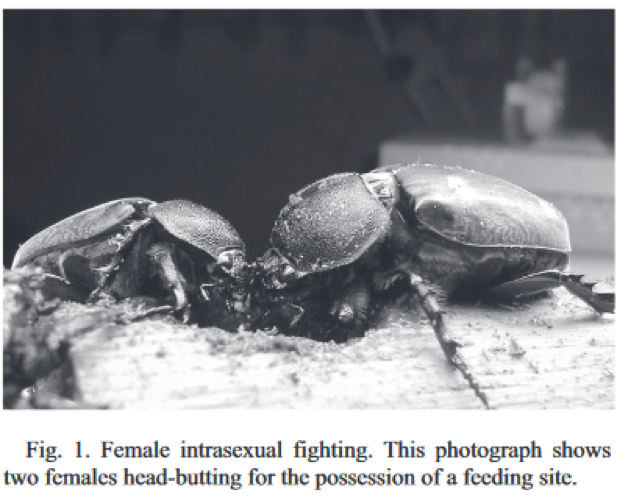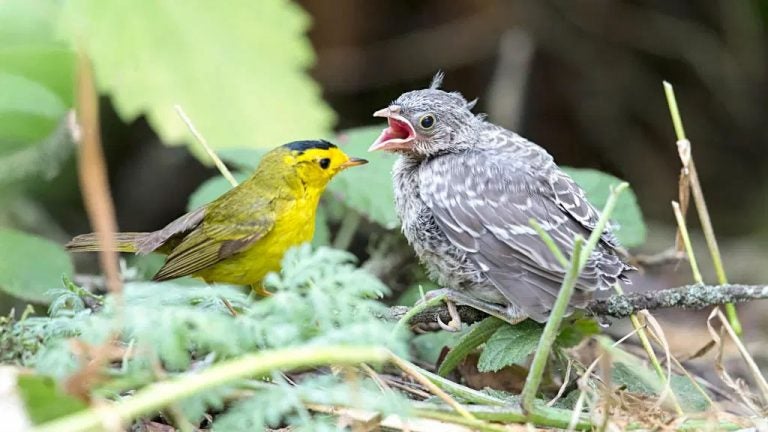by Lynn Carpenter, lecturer and advisor for the University of Michigan Department of Ecology and Evolutionary Biology When I was young, my father was a history teacher. I will admit, I did NOT share his love of history back in the day. He used to tell me “Those who fail to learn from history are…
EEBlog
The future is science communication
by Katrina Munsterman, Ph.D. student in the Coastal Ecology and Conservation Lab in EEB I always wanted to be an actress, faking illness in dramatic attempts to trade the classroom decorated with construction paper flowers for a day spent counting banana slugs on the mossy floor of a redwood forest. I grew up with a…
News and notes from your librarian: conferencing edition
by Scott Martin, Biological Sciences Librarian, University of Michigan Library Happy almost-solstice, everyone! Hopefully you’re enjoying the wonderfully unpredictable variability of temperature and humidity that summer in Michigan brings. I’ve been enjoying the posts from colleagues about the Brood X emergence in the area; we are cicada-free out here on the Washtenaw/Jackson County border, but…
What we eat plays a huge role in climate change
by Alexa White, U-M EEB graduate student Everyone knows that climate change is going to have major effects on the way we live our daily lives, but have you ever thought about if it will change how we eat? Agriculture is the number three emitter of carbon into the atmosphere. There is a trend of…
Being human with our students
by Lynn Carpenter, lecturer and advisor for the University of Michigan Department of Ecology and Evolutionary Biology I consider myself to be very fortunate and very privileged to have a job I love, to work with wonderful people, and to be able to teach some absolutely amazing young people who really are the future. I…
News and notes from your librarian: road to return edition
by Scott Martin, Biological Sciences Librarian, University of Michigan Library Greetings from the greening woods! It hasn’t been as warm a spring as I’d have liked, but it’s warm enough for the local flora to start getting their green on, which always helps brighten my mood. As more and more people are vaccinated (got my…
Taking time: an ecologist’s reflection on studying a new system
by Katrina Munsterman, Ph.D. student in the Coastal Ecology and Conservation Lab in EEB Stay neutral. Steady breathing. Focused vision. Check your gauges. Swim straight. Lay the transect tape. Check for eels. Identify and count every.single.fish. Stay neutral. Learning how to scientific dive was no simple feat, but I knew that it was necessary to…
Appreciating our grad students every day
This message from Gina Baucom, EEB associate chair for graduate studies, and Patricia Wittkopp, EEB chair, was emailed to EEB graduate students for graduate student appreciation week. Hi everyone, This week is graduate student appreciation week. Normally, we’d do some sort of graduate student appreciation lunch, provide snacks, some way of saying thanks for all…
Changing impacts of herbivorous fishes through time
From reefbites, with permission by Matthew Tietbohl Animals are well-known to be important ecosystem engineers, impacting their habitats in a number of different ways. Some predators may create landscapes of fear where herbivores avoid, resulting in mosaics of different plant communities across a habitat. Other terrestrial herbivores, like elephants can impact their environments by destroying trees and…
News and notes from your librarian: naming birds and new systems edition
by Scott Martin, Biological Sciences Librarian, University of Michigan Library Spring, at last, has sprung! The daffodils are opening, and garden prep for the season has started in earnest; Emily has Big Plans for a radical expansion of her gardening space this year (and extending into years to come) that have been keeping her well-occupied.…
After slogging through 5 exams, each two weeks apart, how did Intro Bio students feel about frequent exams?
From Dynamic Ecology by Meghan Duffy, a University of Michigan ecologist and professor in the Department of Ecology and Evolutionary Biology When thinking about how to adjust Intro Bio for the realities of Fall 2020 teaching, we made a few changes to the course. One major change is that the class is now fully flipped…
News and notes from your librarian: the “need more therms!” edition
by Scott Martin, Biological Sciences Librarian, University of Michigan Library Greetings from the frozen woodlands! I’ve spent the last week huddled more closely to the woodstove, trying to stave off the February chill – except when I bundle up to go for my daily walk, that is. As long as the sun is shining and…
Sex in nature – when weird is normal
The ninth in a series from the blog Gender and Sexuality in Nature, a 2016 UC Davis course organized by UM EEB alumnus Ash Zemenick (UM EEB B.S. 2011, Ph.D. UC Davis 2017) and Jacob Moore (B.S. University of Washington 2009, Ph.D. UC Davis 2017). So far in this blog, we’ve covered a lot of…
Homosexuality in nature
The eighth in a series from the blog Gender and Sexuality in Nature, a 2016 UC Davis course organized by UM EEB alumnus Ash Zemenick (UM EEB B.S. 2011, Ph.D. UC Davis 2017) and Jacob Moore (B.S. University of Washington 2009, Ph.D. UC Davis 2017). Have you ever wondered if, how, or why animals engage…
Does transgenderism exist in nature? Some examples in birds and insects
The seventh in a series from the blog Gender and Sexuality in Nature, a 2016 UC Davis course organized by UM EEB alumnus Ash Zemenick (UM EEB B.S. 2011, Ph.D. UC Davis 2017) and Jacob Moore (B.S. University of Washington 2009, Ph.D. UC Davis 2017). Being transgender myself, I have often wondered if there are…



